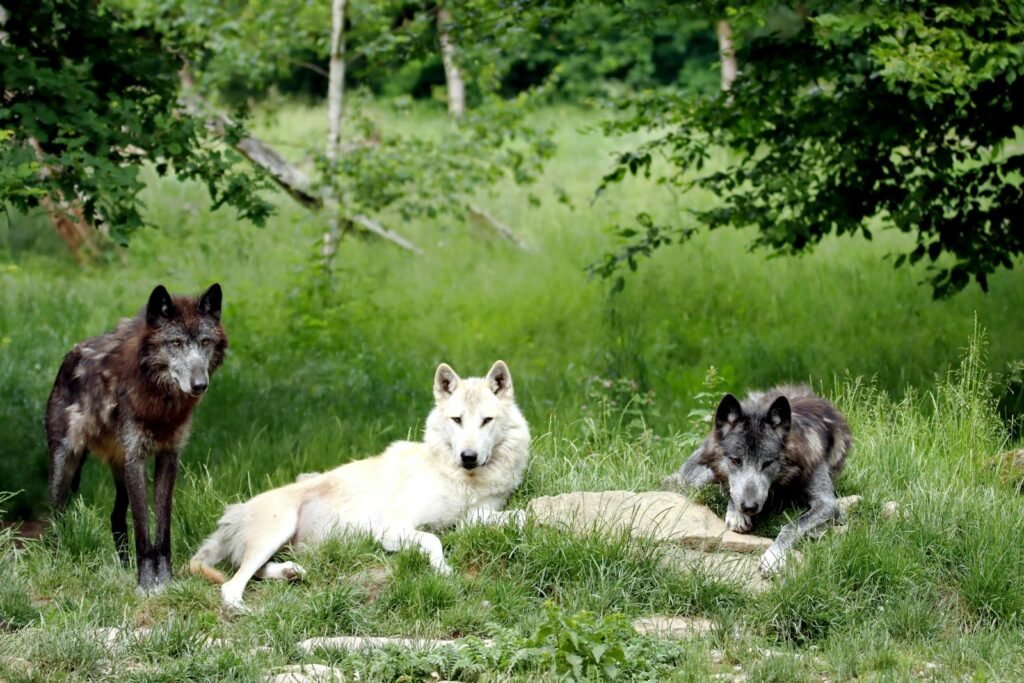Imagine a sea of shaggy, brown giants stretching to every horizon, their thundering hooves shaking the earth beneath your feet. Just two centuries ago, tens of millions of buffalo—more accurately, American bison—roamed the vast grasslands of North America. Today, their resurgence is a story of heartbreak, hope, and the unstoppable will of nature to reclaim its place. The buffalo’s journey from abundance to near-extinction, and now to a slow but powerful return, is one of the most dramatic and emotional wildlife sagas in American history.
The Buffalo: Icon of the Great Plains
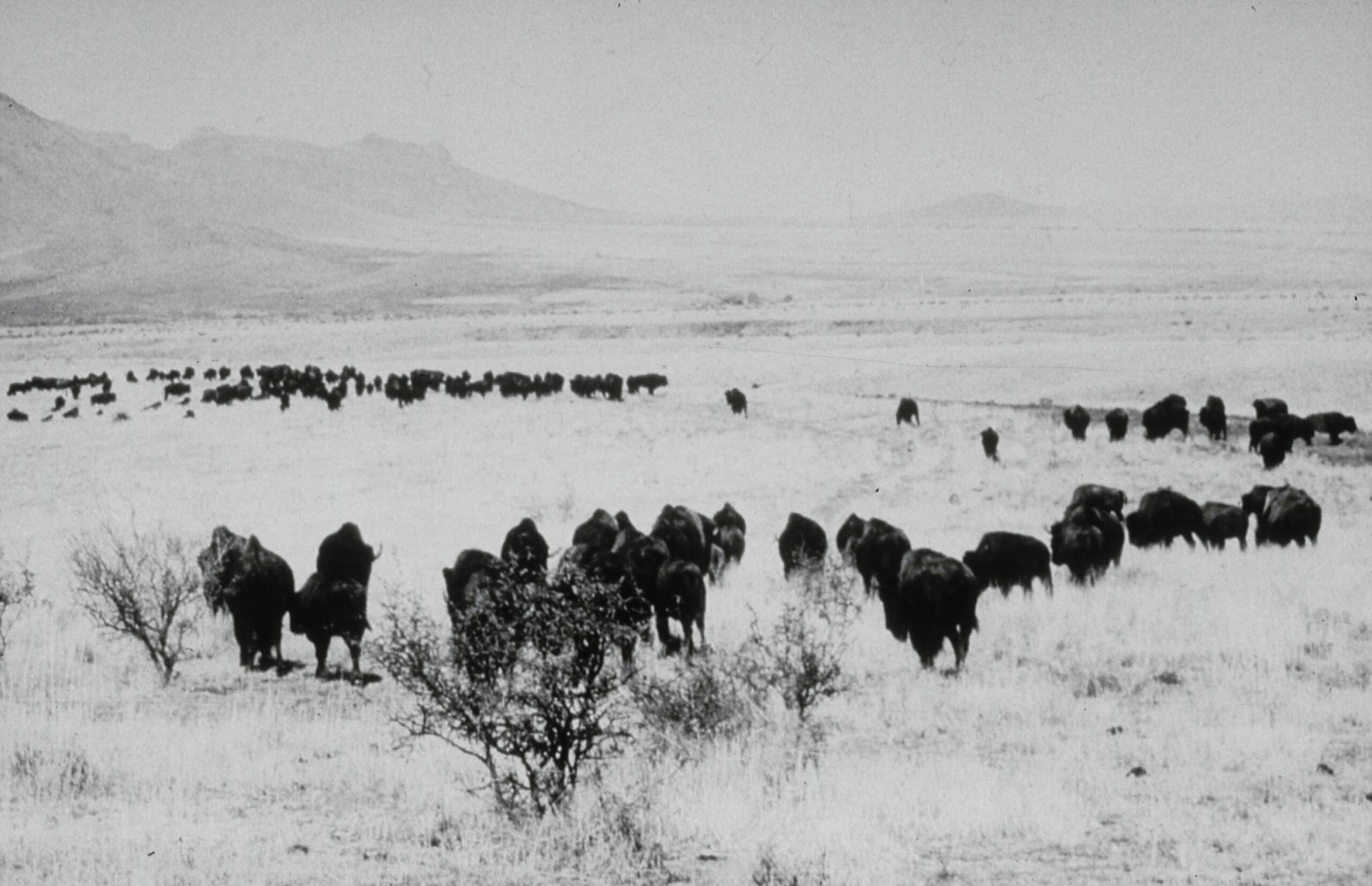
The American buffalo, or bison, was once the beating heart of the Great Plains. These massive animals shaped the ecosystem, their grazing patterns helping to maintain rich grasslands teeming with life. For Indigenous peoples, the buffalo was more than just a source of food—it was central to culture, spirituality, and survival. Tribes like the Lakota, Cheyenne, and Kiowa built their lives around the buffalo, using every part of its body for tools, clothing, shelter, and ceremonies. The sight of massive herds moving like living rivers across the plains was a symbol of abundance and harmony between humans and nature.
The Arrival of Settlers and the Shifting Balance
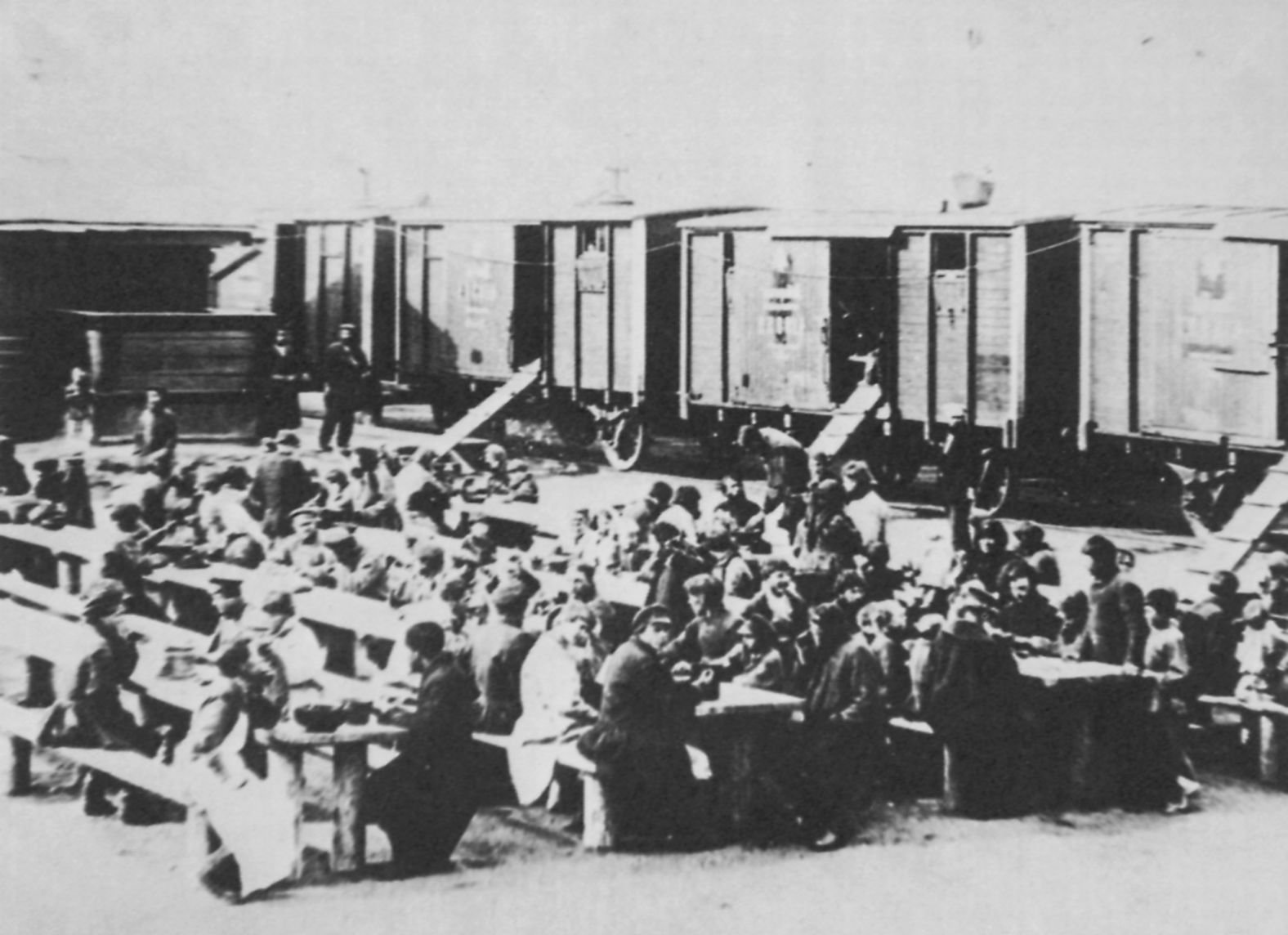
The 19th century brought waves of European settlers, eager to claim land and resources. Railroads cut across the prairies and hunting parties followed, seeing the buffalo as endless bounty. The concept of manifest destiny—the belief that expansion across the continent was justified and inevitable—fueled an attitude of exploitation. With each passing year, the balance shifted. The relationship between the land, the buffalo, and its original caretakers began to unravel, setting the stage for a devastating decline.
Industrial Hunting: The Slaughter Begins
Buffalo hunting quickly escalated from subsistence to industry. Hunters armed with increasingly efficient rifles and aided by trains decimated herds at an unimaginable pace. Buffalo hides became valuable commodities, used for machinery belts, clothing, and more, while tongues and bones were shipped east for profit. Train cars overflowed with buffalo parts, while the animals’ bodies were left to rot on the prairie. In just a few decades, this relentless slaughter reduced herds from millions to mere thousands, forever altering the landscape and the lives of those who depended on it.
Government Policies and the Weaponization of Extinction
The erasure of the buffalo was not merely a byproduct of economic greed; it was also a calculated tool of conquest. U.S. military leaders recognized that destroying the buffalo would weaken Indigenous resistance. As General Philip Sheridan chillingly remarked, “Let them kill, skin, and sell until the buffalo is exterminated…and then your prairies can be covered with speckled cattle.” By targeting the buffalo, government policies aimed to force Indigenous peoples onto reservations, severing their connection to the land and their freedom. The disappearance of the buffalo became a deliberate act of cultural erasure.
Ecological Collapse: Ripple Effects Across the Plains
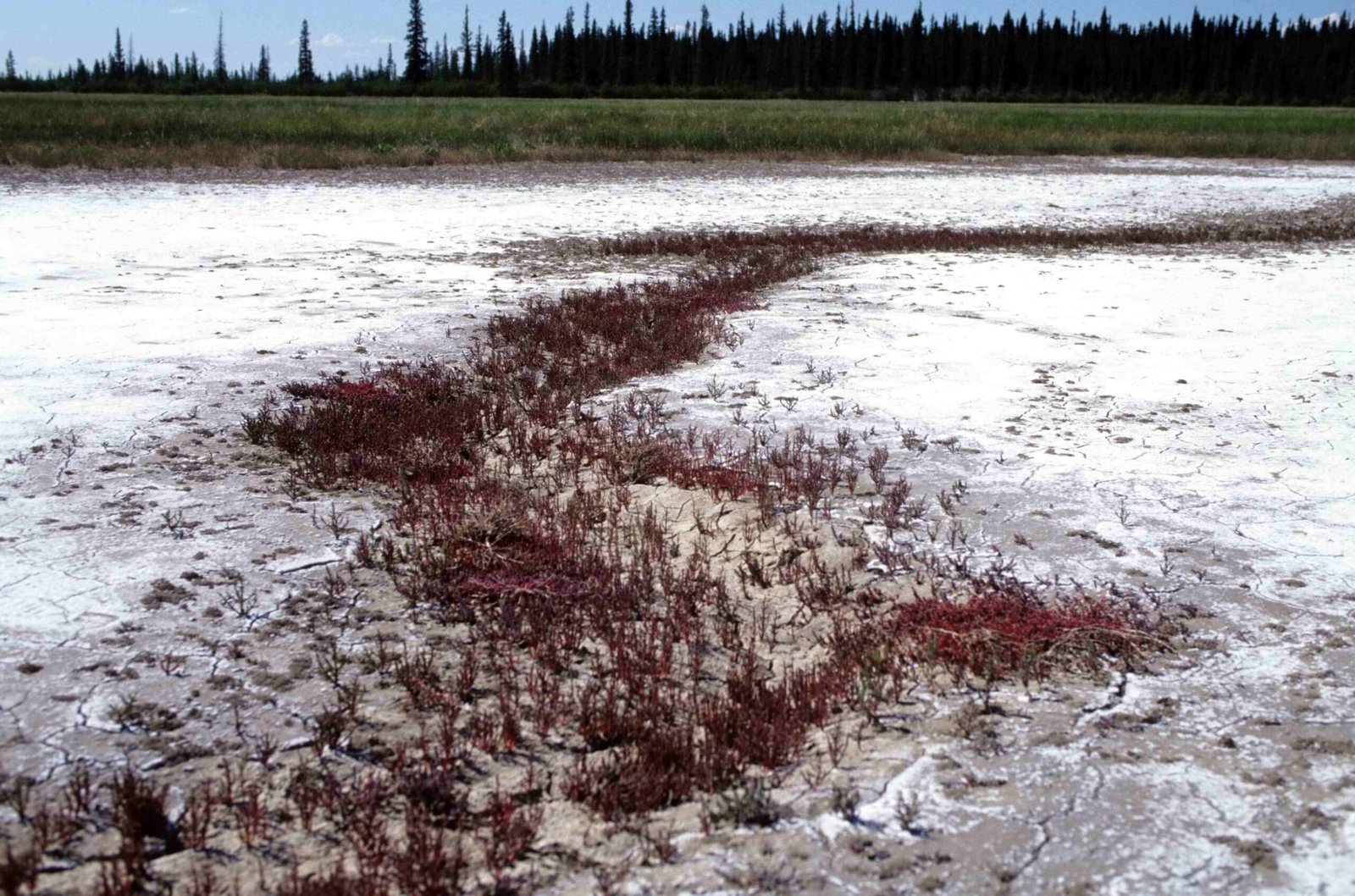
The loss of the buffalo triggered a cascade of ecological changes. Without their grazing, certain grasses overtook others, altering plant communities. Animals that relied on the buffalo—from prairie dogs to wolves—suffered dramatic declines. Even the soil suffered, losing the natural aeration and fertilization provided by vast herds on the move. The landscape, once a dynamic tapestry of life, grew less resilient, more vulnerable to drought and erosion. Ecologists today recognize the buffalo as a keystone species—vital for the health and diversity of the entire plains ecosystem.
Survivors in Hiding: The Buffalo’s Last Stand
By the late 1800s, only a few hundred wild buffalo remained, scattered in remote pockets of the West. Some survived by sheer luck in isolated valleys like Yellowstone, while a handful were protected by ranchers and conservationists who recognized their looming extinction. These survivors became the founders of today’s herds, their genetic legacy a fragile thread connecting past abundance to future hope. The buffalo’s story, once teetering on the brink of oblivion, became a rallying cry for early wildlife preservation efforts.
Conservation Awakens: Early Efforts to Save the Buffalo
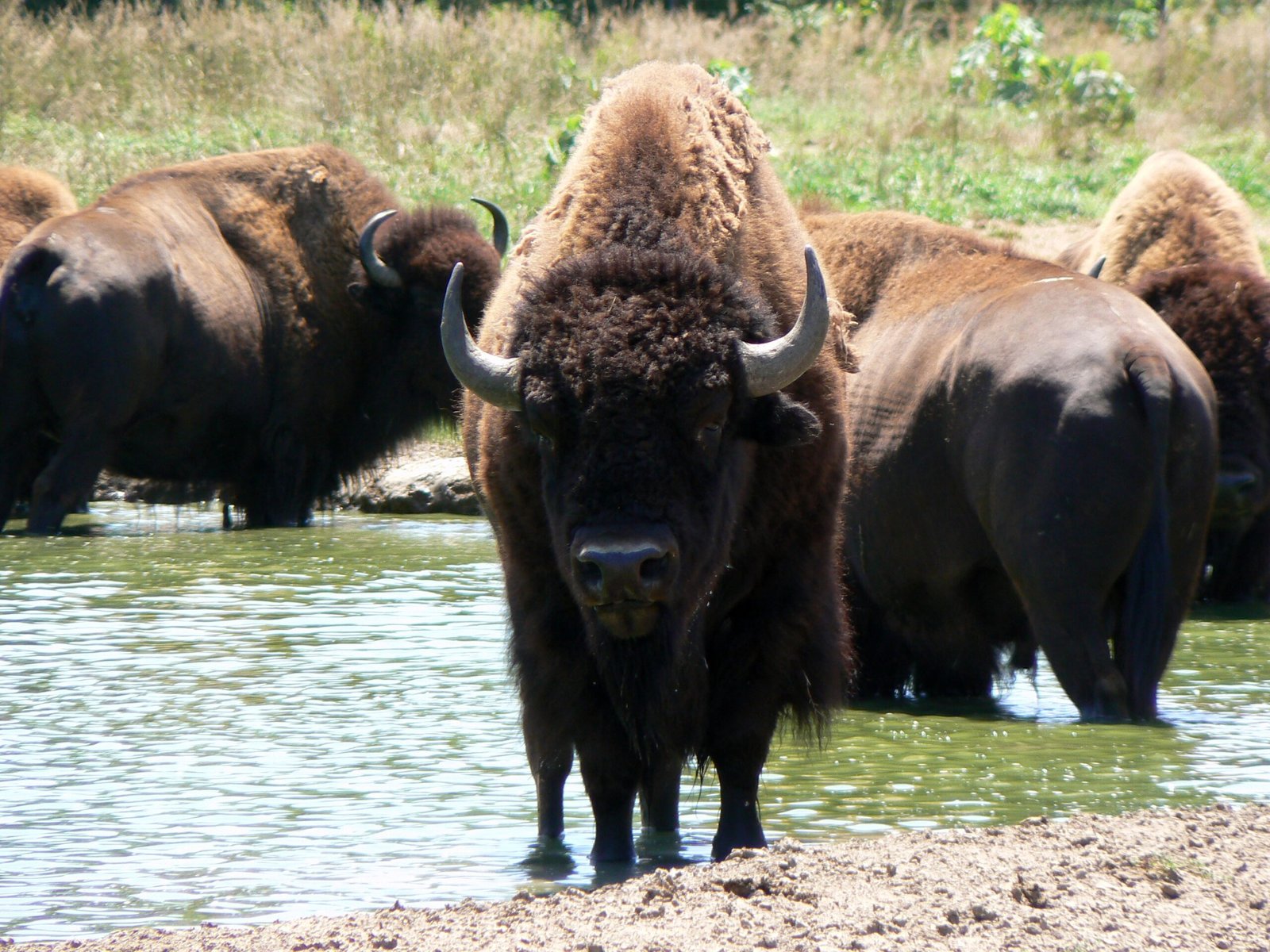
The near-extinction of the buffalo was one of the first wake-up calls for American conservation. Visionaries like William Hornaday and President Theodore Roosevelt sounded the alarm, pushing for laws and reserves to protect the last remaining animals. In 1905, the American Bison Society was formed, and private citizens began breeding and reintroducing buffalo to parks and ranches. Yellowstone National Park became a sanctuary, while small herds sprang up in places like the Wichita Mountains. It was a race against time, but these efforts laid the groundwork for the bison’s gradual return.
Buffalo in Culture: From Loss to Renewal
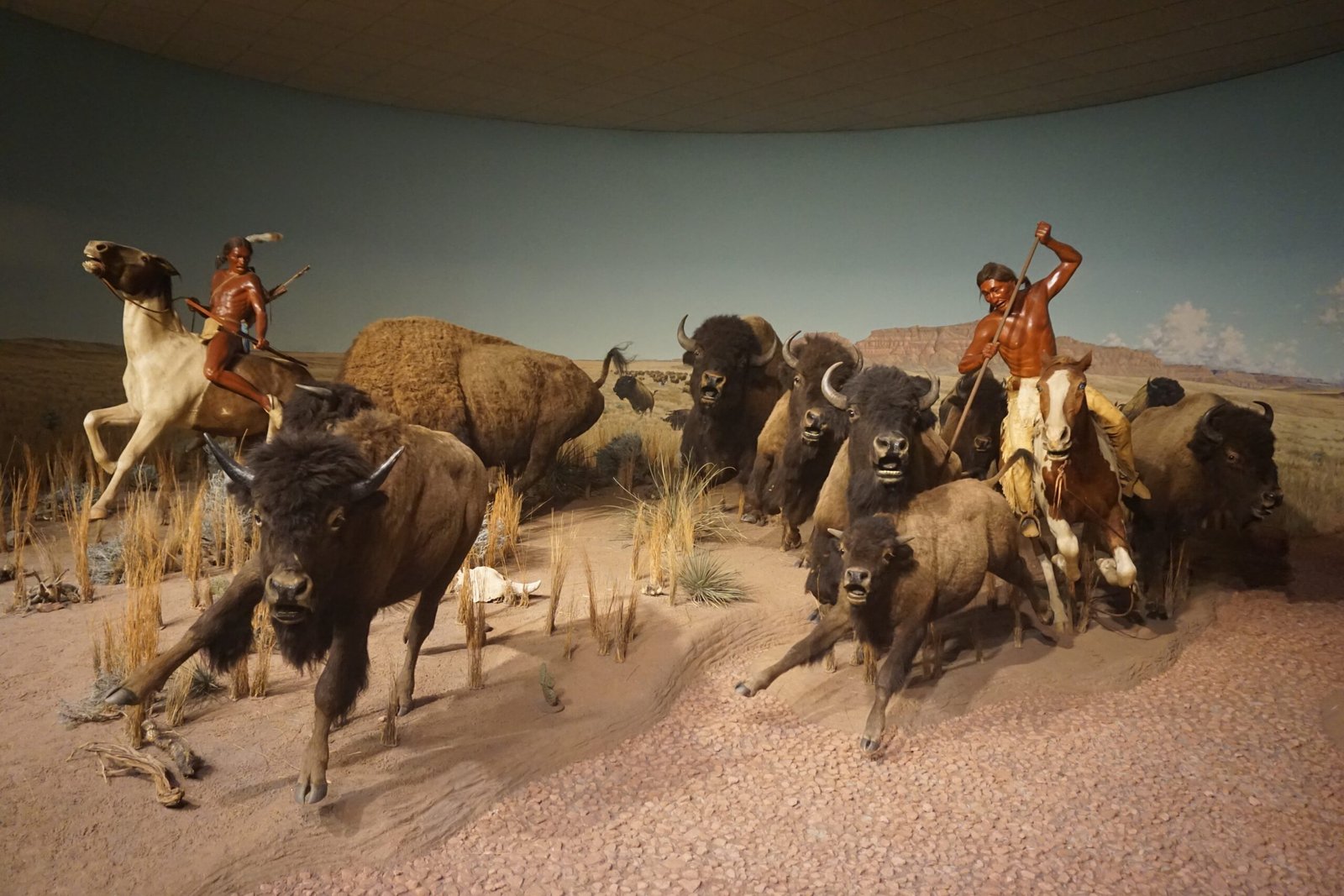
For Indigenous communities, the loss of the buffalo was a wound that reached deep into the soul. Yet, the buffalo never disappeared from memory or tradition. Songs, dances, and ceremonies kept their spirit alive, even as the herds vanished. Today, many tribes are leading the movement to restore buffalo to their lands, not just for ecological reasons, but as an act of cultural healing and sovereignty. The return of the buffalo is celebrated in powwows, artwork, and language—a living testament to resilience and hope.
The Science of Restoration: Buffalo as Ecosystem Engineers
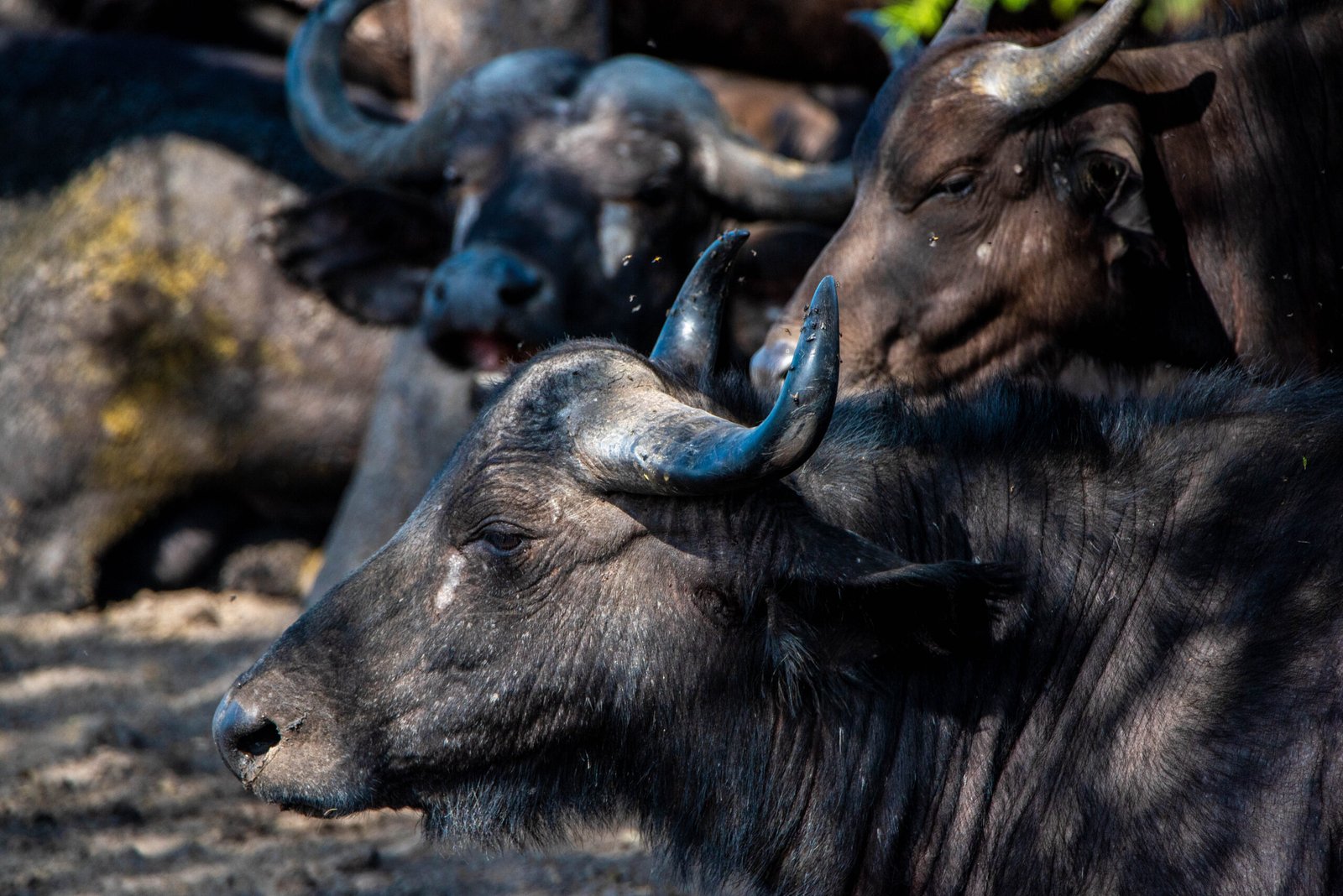
Modern science confirms what Indigenous knowledge has long known: buffalo are ecosystem engineers. Their wallowing creates depressions that collect water, supporting amphibians and insects. Their grazing patterns encourage plant diversity and prevent woody plants from overtaking grasslands. By reintroducing buffalo, scientists have observed the return of rare birds, healthier soils, and more robust prairies. Restoration projects from Montana to Oklahoma are turning degraded land into vibrant, living landscapes—proving that the buffalo’s comeback is not just symbolic, but practical and powerful.
Challenges and Controversies: The Road Ahead
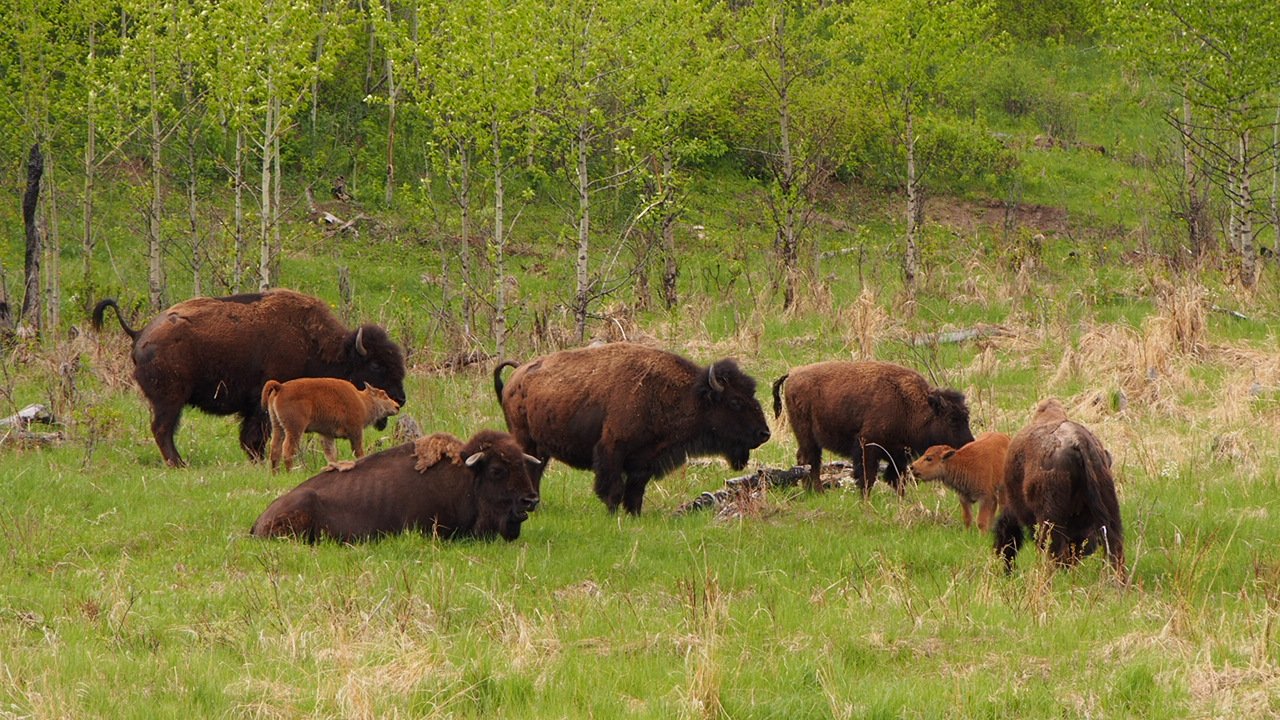
Despite encouraging progress, the buffalo’s return is not without obstacles. Most herds today are confined to small, fenced areas and face genetic bottlenecks that threaten their long-term health. Conflicts with cattle ranchers, fears of disease transmission, and questions about land use continue to spark debate. Who owns the buffalo, and where do they truly belong? Balancing the needs of wildlife, agriculture, and people is a delicate task that demands creativity, cooperation, and respect for history. The journey is far from over, but each new calf born on the plains is a testament to what’s possible.
The Buffalo’s Future: A Symbol of Restoration
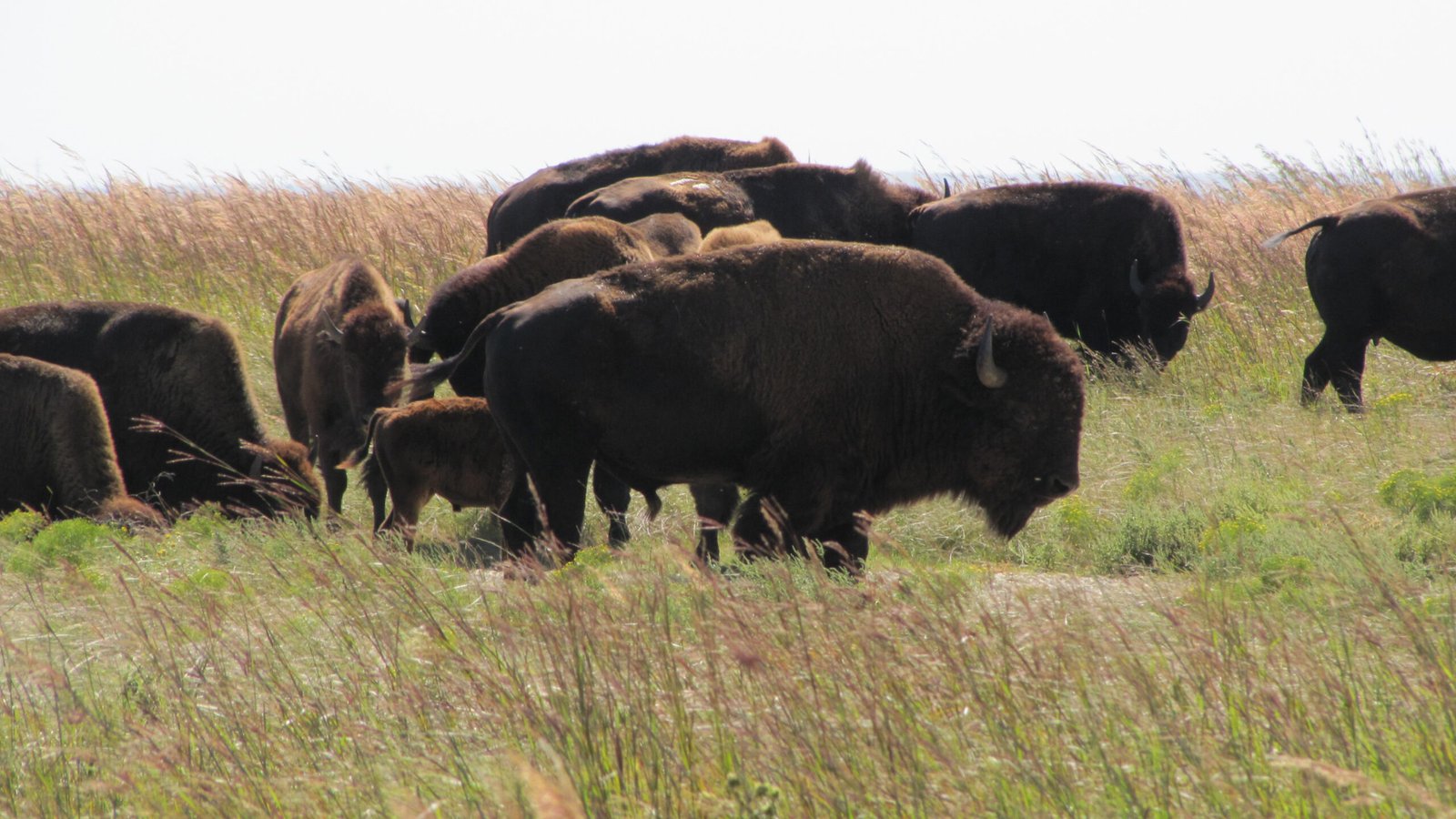
The story of the buffalo is a lesson in both loss and renewal. Once written off as a relic of the past, the buffalo now stands as a symbol of what can be restored when people act with hope and determination. Each herd reintroduced, each grassland revived, is a step toward healing the wounds of history—and a reminder that even the most dramatic losses can be reversed. The thunder of hooves echoes once more across the plains, inviting us to imagine a future where wildness and wonder still have a place. Would you have ever guessed the buffalo could make such a comeback?


